We approach projects as simply as possible, in order to get to the heart of the matter and answer the customer's question in the most efficient way. We do not like asking questions that do not matter or are not relevant in certain cases. The same applies to reporting. Research shows that 60% of all research agencies are unable to deliver clear information according to their clients. While there is usually a tendency to provide a lot of information and data in reports - which only causes confusion and hampers decisions - we believe in simple, clear messages that allow you, as a client, to work effectively.
Moreover, we are agile throughout the research process, anything but linear. By opting for an iterative process, we are able to continuously adapt the research design where necessary. This way, we can quickly adapt when necessary, in order to immediately respond to the needs of the moment.






